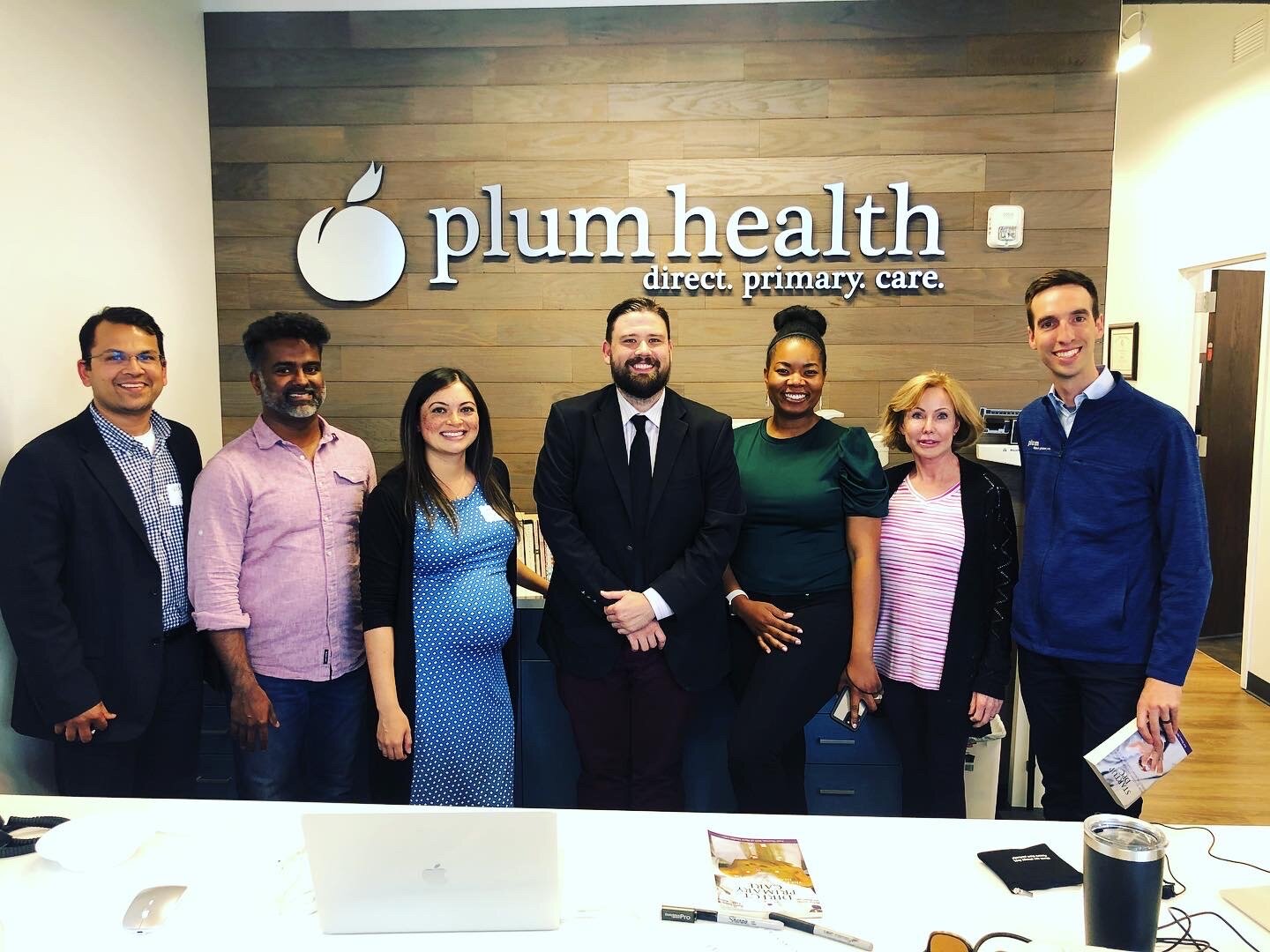The first program that we ever won was a pitch competition for $7,500. This pitch competition came at the end of a Retail Boot Camp experience at TechTown Detroit. Here’s the full blog post:
Over the past 9 weeks, I have participated in a class at TechTown Detroit called Retail Boot Camp. The RBC course is comprehensive in its approach to helping your business grow, from addressing your financial situation, to helping you choose a POS system, to refining your marketing and advertising strategies, and beyond.
The best part of the RBC course was having a strong group of entrepreneurs to work with and learn from - people like Jay Rayford of Social Sushi, Nicole Mangis of Brut Detroit, Lionez Kimber of Artistic Flesh Tattoo and Supply, and 16 more phenomenal, bright small business people. I learned a lot from their successes and emulated their approaches to doing business in the city.
The class culminated in the Retail Boot Camp Showcase, a mini pitch competition for the 20 students/small businesses who took part in the class. It was a great night that brought together teachers, mentors, supporters, consultants, family and friends.
We were able to give our 90 second pitch on Plum Health DPC and then we were selected to give a follow-up 3 minute pitch about our plan to deliver affordable, accessible healthcare services in Detroit. It was well received and we were ultimately awarded a $7,500 grant from TechTown!
The next grant we won came through the City of Detroit and their Motor City Match program for $50,000. For this program, we were looking at building out a larger office in Detroit, and we were trying to match with a vacant retail space in the City of Detroit. We applied three times to this grant program, and received the grant on the third try. The journey for this grant is detailed in this blog post:
This was a big week for Plum Health DPC - we received a grant from the Motor City Match Program! This brings us one step closer to delivering affordable, accessible healthcare services in Detroit.
Crain's Detroit Business wrote an article about the event, and here's what they said about Plum Health DPC:
Plum Health Direct Primary Care, $50,000: This health care facility provides an alternative to the traditional fee-for-service model. Direct Primary Care emphasizes wellness, prevention, communication and personalized patient relationships. For a monthly fee, members receive primary health care services that are tailored to their needs. These might include annual checkups, urgent care services and direct and unrestricted access to their doctor through calling, texting, emailing or in-person visits. The business is planned for 607 Shelby St. in downtown Detroit.
Additionally, Local 4 News in Detroit (WDIV) wrote an article about and created a video of the Award ceremony. Here's what they said: "Six Detroit entrepreneurs are putting their small-business plans into action after the Motor City Match program awarded them thousands of dollars to get started. Mayor Mike Duggan made the announcement Friday morning."
An article from the Michigan Chronicle wrote about the award and quoted Mayor Duggan:
“Quality restaurants, health and wellness providers, arts centers are exactly the types of establishments that people expect when they think of a strong community,” said Detroit Mayor Mike Duggan. “These Detroiters are proving that our neighborhoods are great places to start a business.”
This is another step in the journey toward bringing affordable, accessible healthcare services to Detroit and we will continue to work diligently to deliver these services.
The last grant that we won was for another $50,000 via the Quicken Loans Demo Day. Again, this was a pitch competition and I applied to this pitch competition twice. The first time, I was rejected, and the second time, I was given the opportunity to pitch. Once on stage, I rocked it out, and we were awarded $50,000 to help us deliver affordable and accessible health care in Detroit and beyond. Here’s the full blog post detailing the event:
Last night, Plum Health DPC won the Detroit Demo Day 2018 prize for $50,000 in the "Start" category! This was an amazing experience from start to finish - the level of professionalism on the Demo Day team is unrivaled.
It was an honor to even be selected for the pitch competition, but then to have a team of professionals help me hone the pitch, and a team of people create such an amazing event to showcase small businesses in Detroit was truly incredible. Thank you to these folks at Quicken and at the Music Hall!
I was blown away by the amount of people who came out to support entrepreneurship in Detroit, the Music Hall auditorium was packed with cheering family members, friends, business associates, investors and enthusiasts - this is truly a special moment in Detroit for entrepreneurs and small business owners.
Additionally, I have so much love for all of the presenters and Detroit entrepreneurs who stood tall and pitched their unique businesses, whether or not they walked away with prize money. They are all worthy of your support as they've worked tirelessly to even get onto this stage - House of Pure Vin, Michigan Farm to Freezer, Rebel Nell, Accelerate Kid, Building Hugger, Cynt-Sational Popcorn, Detroit Denim, Tait Design, The Ten Nail Bar, Bloomscape, Lush Yummies, Reilly Craft Creamery, Fangage, and Yum Village.
Now that we've won, we plan on growing into a larger space, hiring another doctor, and serving more people in our community. This is just the beginning.
Here's our winning pitch (time 1:11:23):









